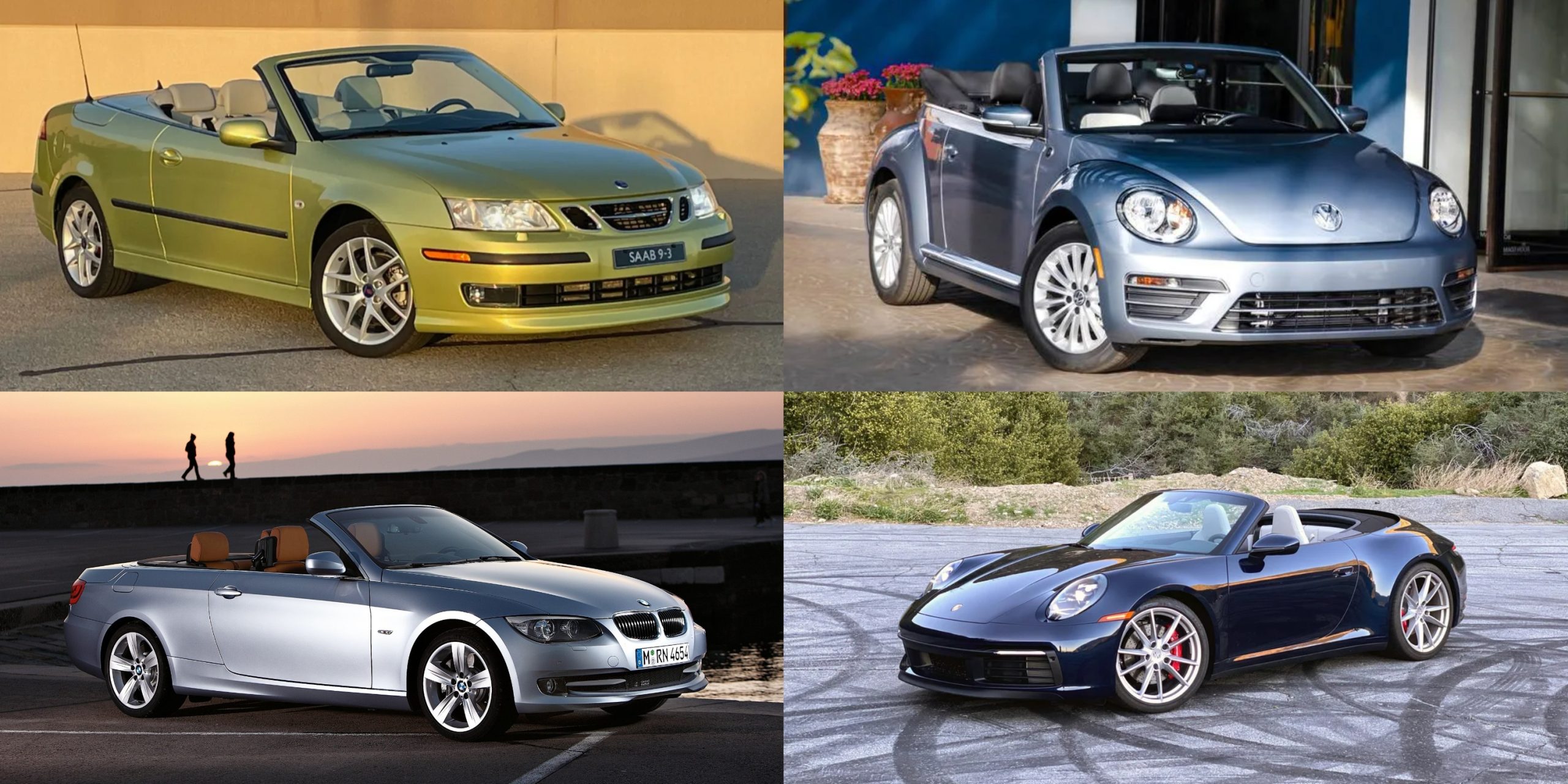Convertibles are all about freedom, fun, and catching the breeze on a sunny afternoon. But when the rain rolls in, not all ragtops are created equal. While some convertibles remain tight as a drum even years later, others become leaky nightmares that’ll soak your seats and spirit.
If you’re shopping for a drop-top, knowing which models to trust—and which to avoid—can save you major headaches. Let’s look closer at five used convertibles that hold up beautifully, and five that are notorious for letting the water in.
Also Read: 10 Best Practices to Keep Your Engine Running Like New in High-Performance Motorsport Vehicles
5 Reliable Used Convertibles That Won’t Let You Down
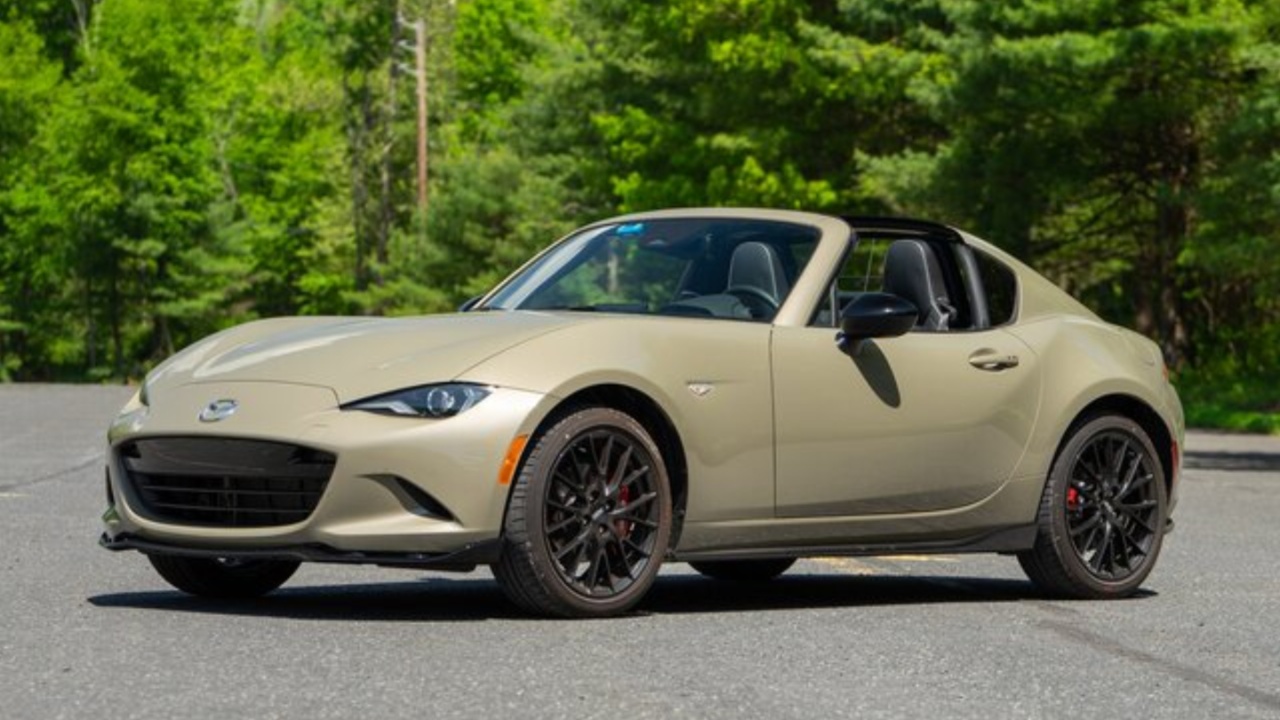
1. Mazda MX-5 Miata (2006–2015)
The Mazda MX-5 Miata is legendary for its lightweight design, tight handling, and rock-solid reliability. Enthusiasts love this car not only for its road feel and balance but also because it’s incredibly dependable, even with a soft top.
The third-generation Miata (known as the NC model) introduced in 2006 brought more power and modern features while still retaining that classic Miata charm. Its soft-top mechanism is manual but intuitive, and it’s built to last.
Leaks are surprisingly rare in the Miata. Its roof seals are well-designed and resist wear, even after years of sun and rain exposure.
Owners often report minimal issues, with many claiming they’ve never had to replace the top unless due to physical damage. This makes the Miata a fantastic choice if you’re worried about moisture creeping into your car on a rainy day.
Another reason the Miata earns top marks is its availability of replacement parts and community support. If you ever do have issues, the fix is usually quick and inexpensive. Between its durability, fun-to-drive nature, and excellent roof design, the NC Miata is a convertible you can count on.
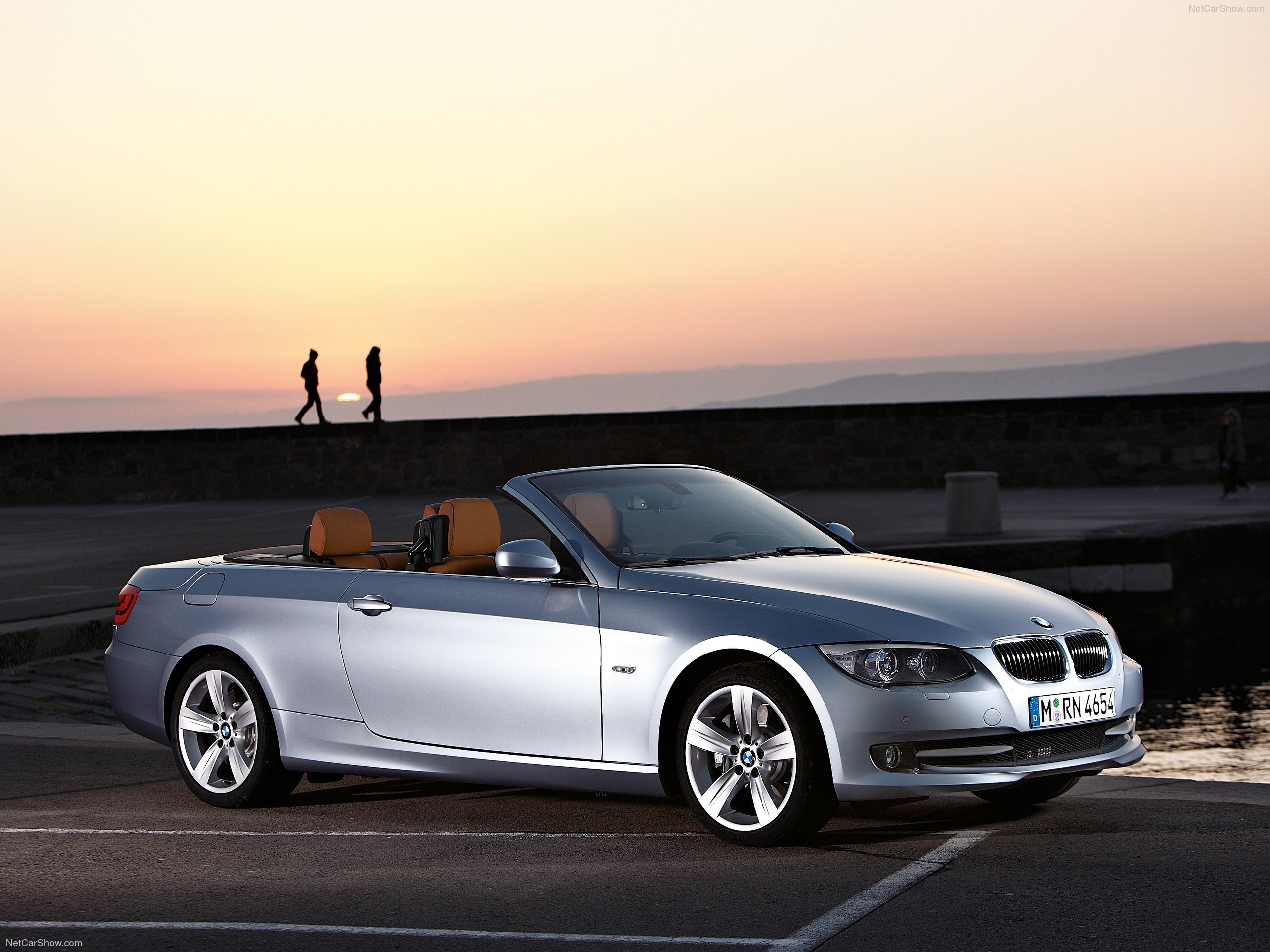
2. BMW 3 Series Convertible (E93, 2007–2013)
BMW’s E93 3 Series brought a hardtop convertible into the mix, which was a game-changer for many who loved the idea of a drop-top without the usual noise and water intrusion.
This generation featured a retractable hardtop made from solid metal, which folds away cleanly into the trunk in under 30 seconds. The system proved to be surprisingly robust and leak-resistant, even years after it rolled off the production line.
While some people might worry about the complexity of a folding hardtop, the E93 defies expectations by being remarkably trouble-free, so long as it’s properly maintained.
The seals between the panels are tight and well-engineered, and BMW used high-quality materials that haven’t shown widespread aging problems. Owners praise the car for staying dry in even heavy storms.
Of course, regular maintenance is key with any German luxury car. But if you stick with models that have been well cared for (with service records), the E93 is a beautiful and practical convertible that blends comfort, class, and reliability, without the roof drama.
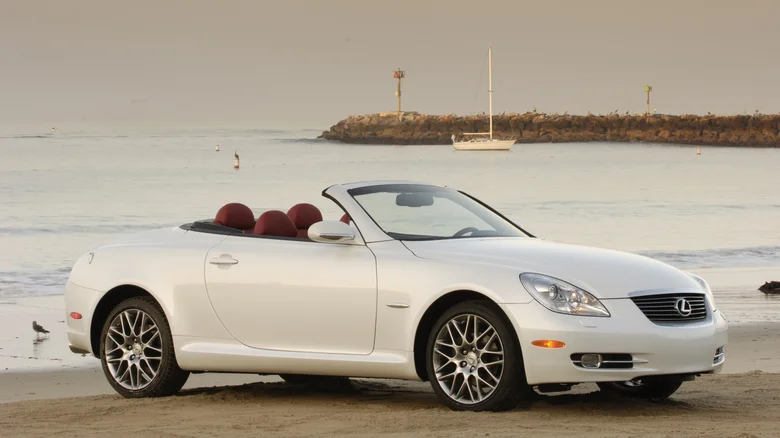
3. Lexus SC 430 (2001–2010)
Often called a “hidden gem,” the Lexus SC 430 is a hardtop convertible that pairs Japanese engineering with a touch of luxury grand touring.
Built during a time when Lexus prioritized bulletproof reliability, the SC 430’s retractable roof system is as reliable as its V8 engine. The car’s build quality is phenomenal, and it continues to receive praise for aging gracefully.
The hardtop seals like a bank vault. It’s so well-designed that many owners forget they’re driving a convertible until they drop the top.
Even older models rarely report leaks, and when they do, it’s usually due to deferred maintenance rather than any inherent flaw in the design. Lexus made sure this car could be driven every day, rain or shine, without the usual convertible quirks.
What also sets the SC 430 apart is its long-term comfort and quiet cabin. The roof completely isolates road and wind noise when closed, rivaling traditional coupes in insulation.
If you want a convertible that feels like a luxury cruiser and doesn’t let in a drop of water, the SC 430 is a solid choice.
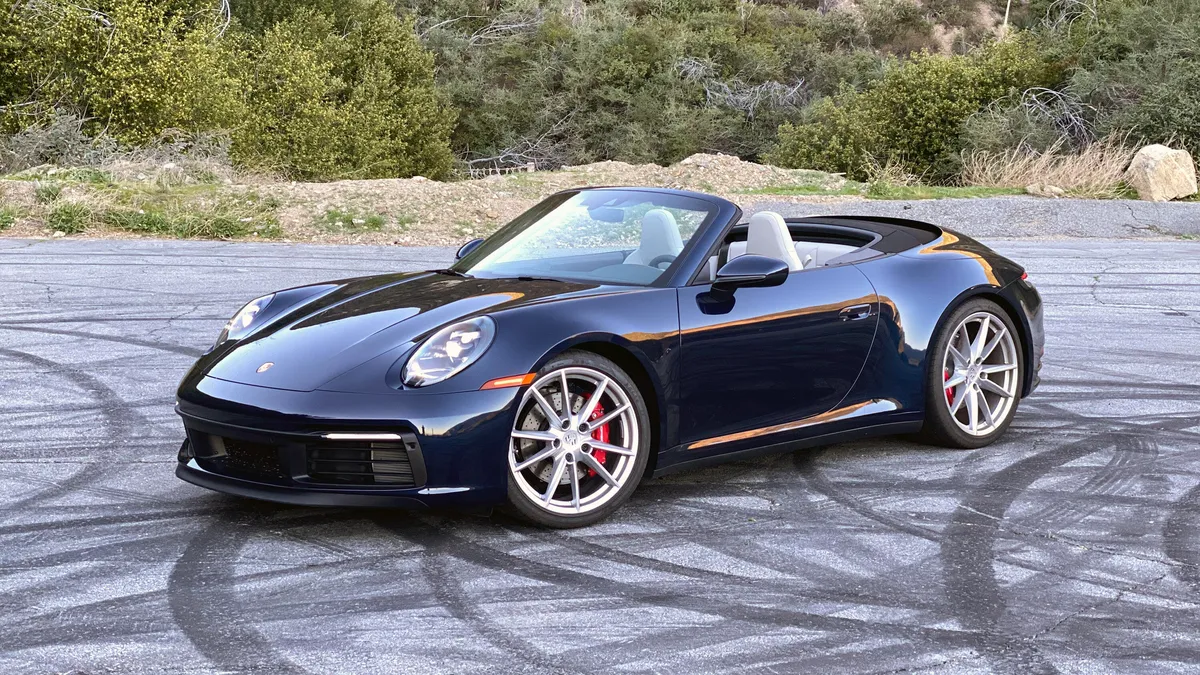
4. Porsche 911 Cabriolet (997, 2005–2012)
The 997-generation Porsche 911 Cabriolet is a blend of high performance, elegant design, and serious engineering prowess.
This isn’t just a sports car with a soft top—it’s a Porsche, and that means precision in every detail, including the roof. Porsche’s fabric top is double-layered and meticulously crafted to be watertight, even when the car is pushing the limits.
Reliability is a hallmark of the 997, particularly in post-2006 models, where many early issues were addressed. The Cabriolet versions feature reinforced seals and automatic tensioning systems that keep everything snug.
Owners report very few issues with leaks, even after a decade of ownership. The power mechanism is also robust and rarely fails if maintained correctly.
Though it’s more expensive to maintain than your average drop-top, the Porsche 911 Cabriolet is worth it for those who want performance and peace of mind. The top’s durability matches the vehicle’s high standards, making it a standout among used luxury convertibles.
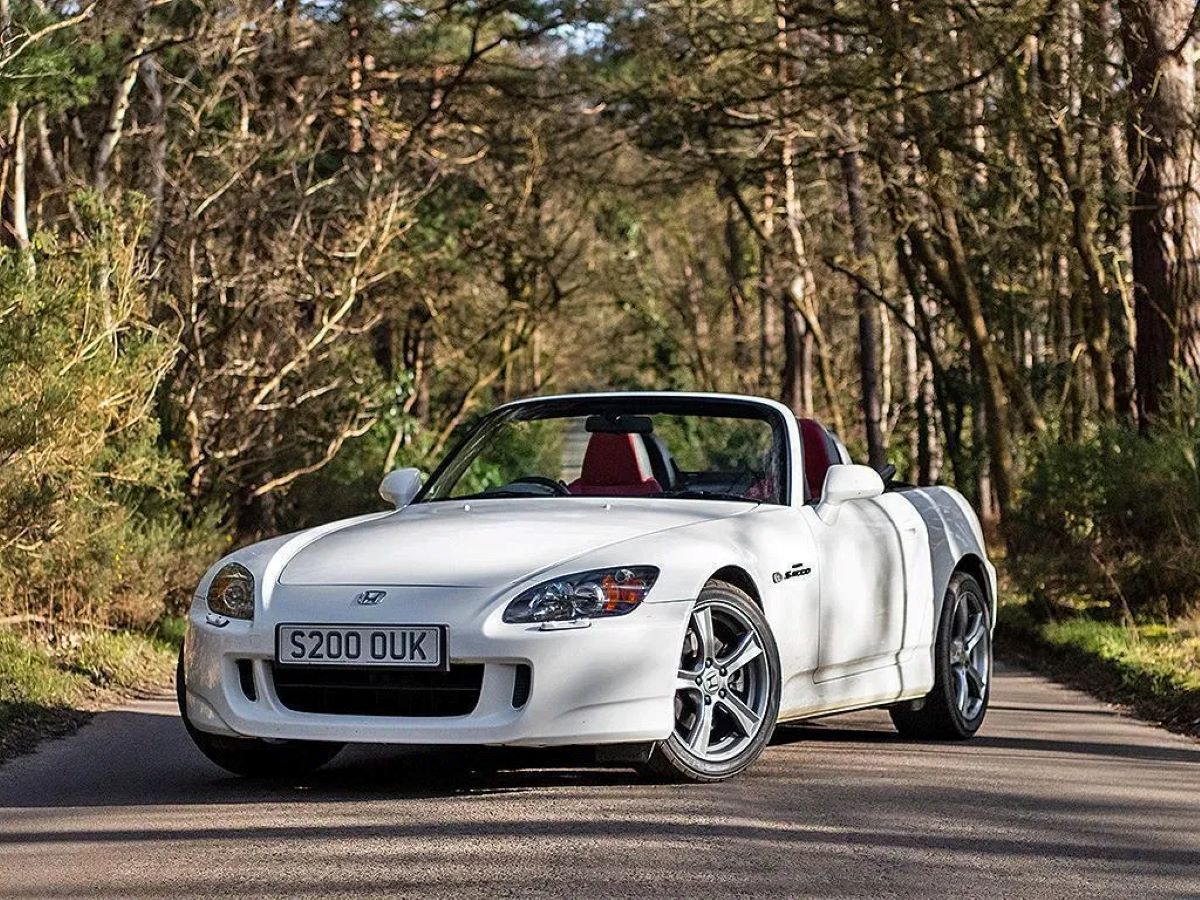
5. Honda S2000 (2000–2009)
The Honda S2000 is a cult favorite for a reason: it delivers high-revving fun, precise handling, and true Honda reliability. It’s also one of the best-designed soft tops in the business.
The fabric roof, especially in AP2 models (2004–2009), was upgraded with a glass rear window and improved seals that vastly reduced leak complaints.
Even the earlier AP1 versions hold up well if cared for, though the original plastic rear window can be a weak point over time.
Still, leaks are generally rare, and when they do appear, they’re often fixable without major surgery. Honda engineered the S2000 to be used and enjoyed daily, and that means a durable, weather-resistant roof.
Enthusiasts love the S2000 not just for its performance, but for how little drama it brings to ownership. A well-kept example can be both a thrilling weekend car and a dependable daily driver—even when the weather turns ugly. Few convertibles can match that combo.
5 Convertibles That Leak Like Crazy
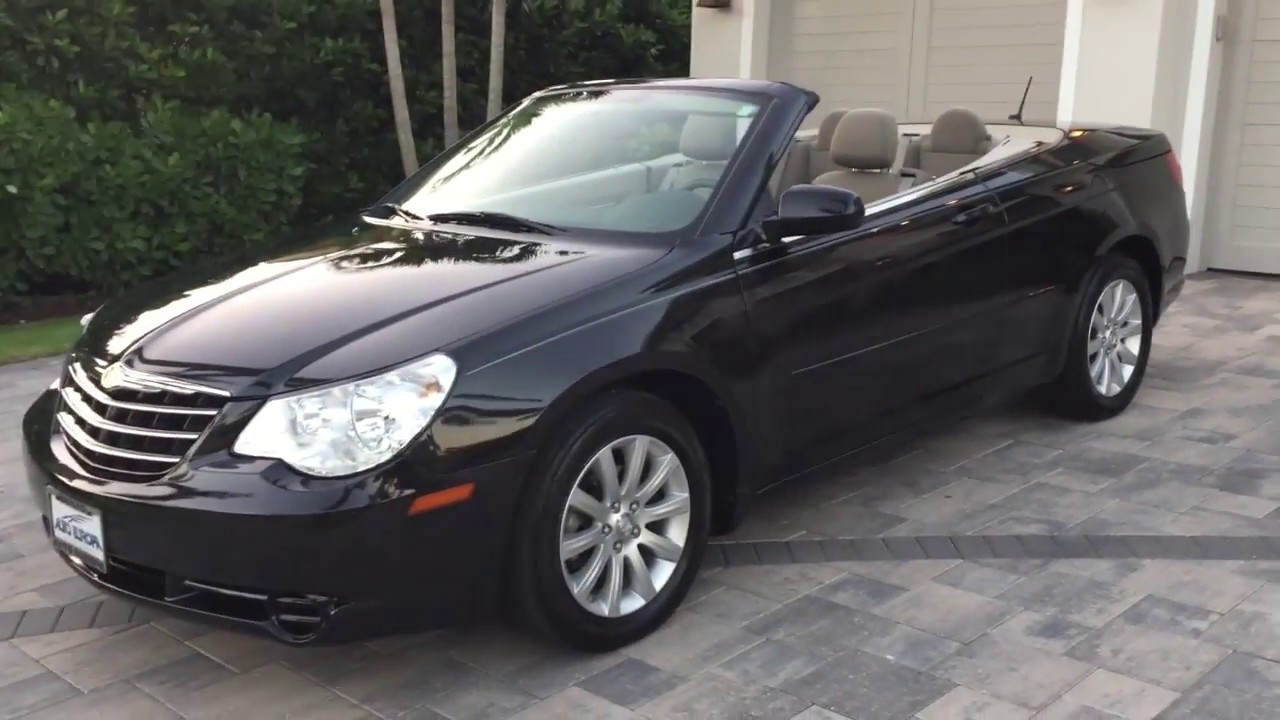
1. Chrysler Sebring Convertible (1996–2010)
The Chrysler Sebring was once a rental car lot staple—and unfortunately, it earned its reputation for a reason. From inconsistent roof mechanisms to poorly sealed soft tops, the Sebring is a poster child for leaky convertibles. Owners frequently complain about water intrusion from the windows, top seams, and even through the doors.
It’s not just the leaks that are a problem—it’s the buildup of mold, electrical issues, and damp carpeting that come with them.
Even newer models in this run struggled with roof fitment, and many DIY fixes only offer temporary relief. Once the seals start going (often prematurely), it’s usually the beginning of a long, soggy slide into frustration.
If you’re considering a Sebring, it’s essential to check for water damage in every crevice of the interior. Unfortunately, unless you find one that’s been garaged and babied, you’re more likely to inherit a drip-happy disaster than a reliable cruiser.
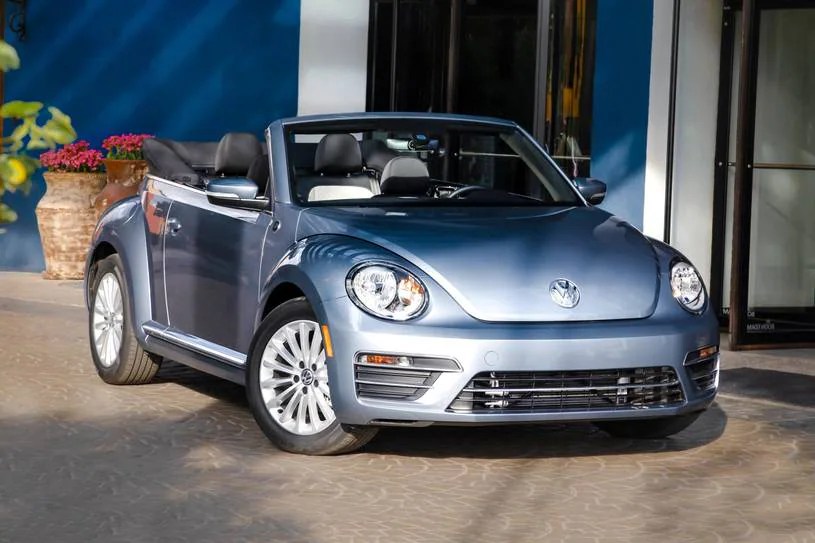
2. Volkswagen New Beetle Convertible (2003–2010)
The New Beetle Convertible may look cute and quirky, but its soft top tells a different story. VW’s compact convertible suffered from a range of roof-related issues, including poorly aligned seals, weak water channels, and sagging tops that allowed moisture in around the windows and rear pillars.
In areas with regular rainfall or snow, many owners have experienced persistent leaks that damage upholstery and electronics.
Even replacing the top doesn’t always solve the issue because the core problem lies in the frame design and drainage system. These flaws make it a risky buy unless you know the vehicle’s full history and condition.
Though some fans overlook these problems for the sake of nostalgia or design, the reality is that the New Beetle Convertible is not known for its watertight integrity. For those seeking long-term ownership without constant towel-drying, it’s best to look elsewhere.
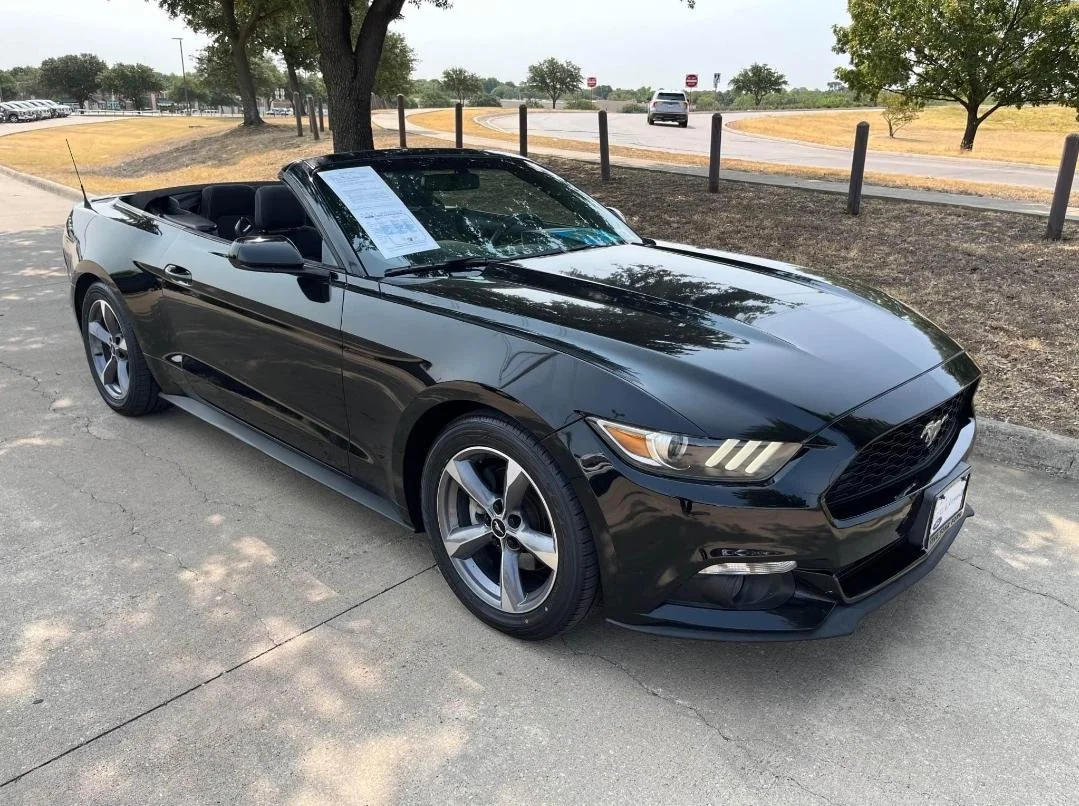
3. Ford Mustang Convertible (1994–2004)
The SN95 and New Edge Mustang convertibles are muscle car icons—but they come with a soggy side. While Ford made improvements over time, these generations of Mustang convertibles are widely known for leaky tops, especially around the A-pillars and rear windows. Soft top shrinkage, cracked weather seals, and poor alignment all contribute.
Owners in colder climates or rainy areas often deal with wet seats and foggy interiors, especially in older models.
The issue isn’t just the material wearing out—it’s also the frame not keeping consistent pressure on the seals, especially when the top is lowered frequently. Ford never quite solved this with factory support, so many turn to aftermarket solutions.
If you love the Mustang vibe, you’ll need to budget for a top replacement or extensive resealing work. Otherwise, your American muscle car dreams might come with mildew and musty smells.
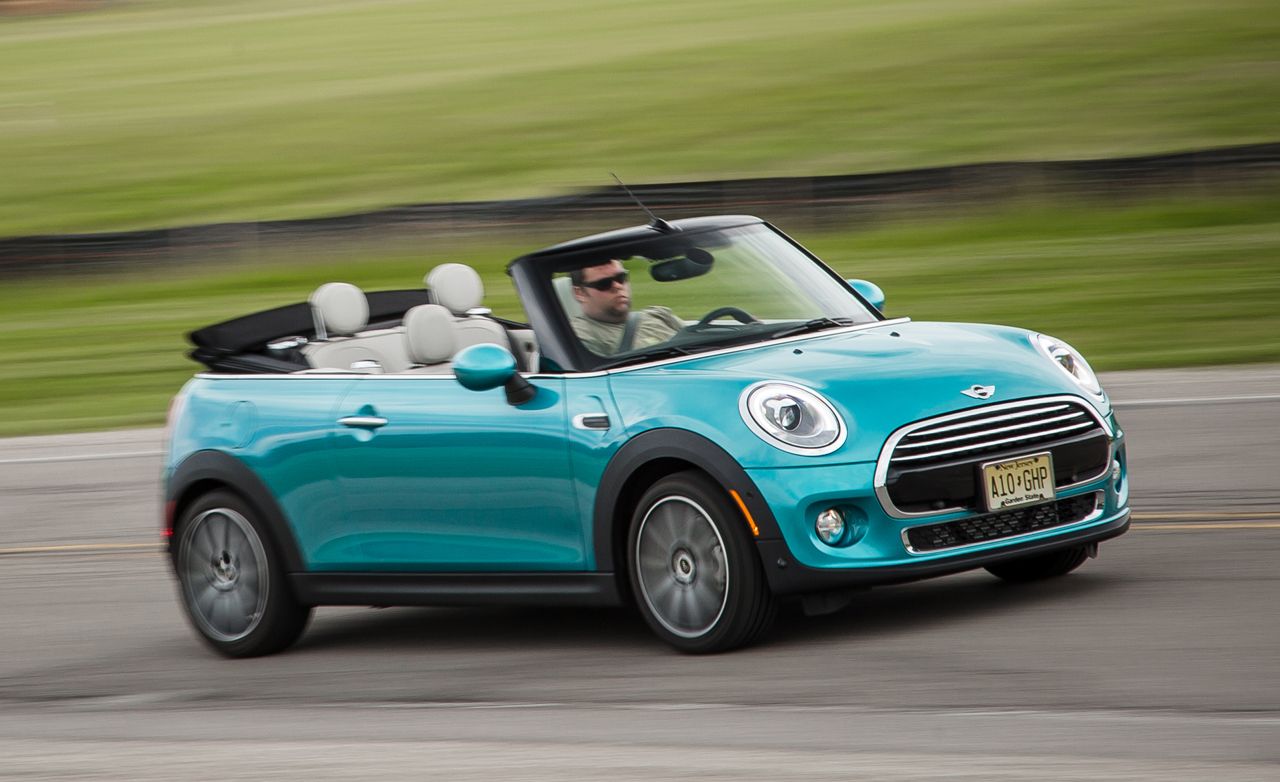
4. MINI Cooper Convertible (2005–2015)
MINI Coopers are known for charm and sharp handling, but the first- and second-gen convertibles are equally known for leaking issues.
The soft top design incorporates complex roof rails and a semi-automatic mechanism that often struggles to align properly over time. As a result, water can creep in around the doors, windows, and trunk area.
Another culprit? The drainage channels around the roof area clog easily, leading to water pooling and eventually seeping into the cabin.
If not addressed early, this can lead to major mold and electronic issues. It’s a known problem in MINI circles, and some owners resort to regular cleaning and roof conditioning just to keep things dry.
While newer versions (post-2016) made big improvements, earlier MINI convertibles are a gamble. Quirky fun aside, owning one may mean you become intimately familiar with towels and silicone sealant.
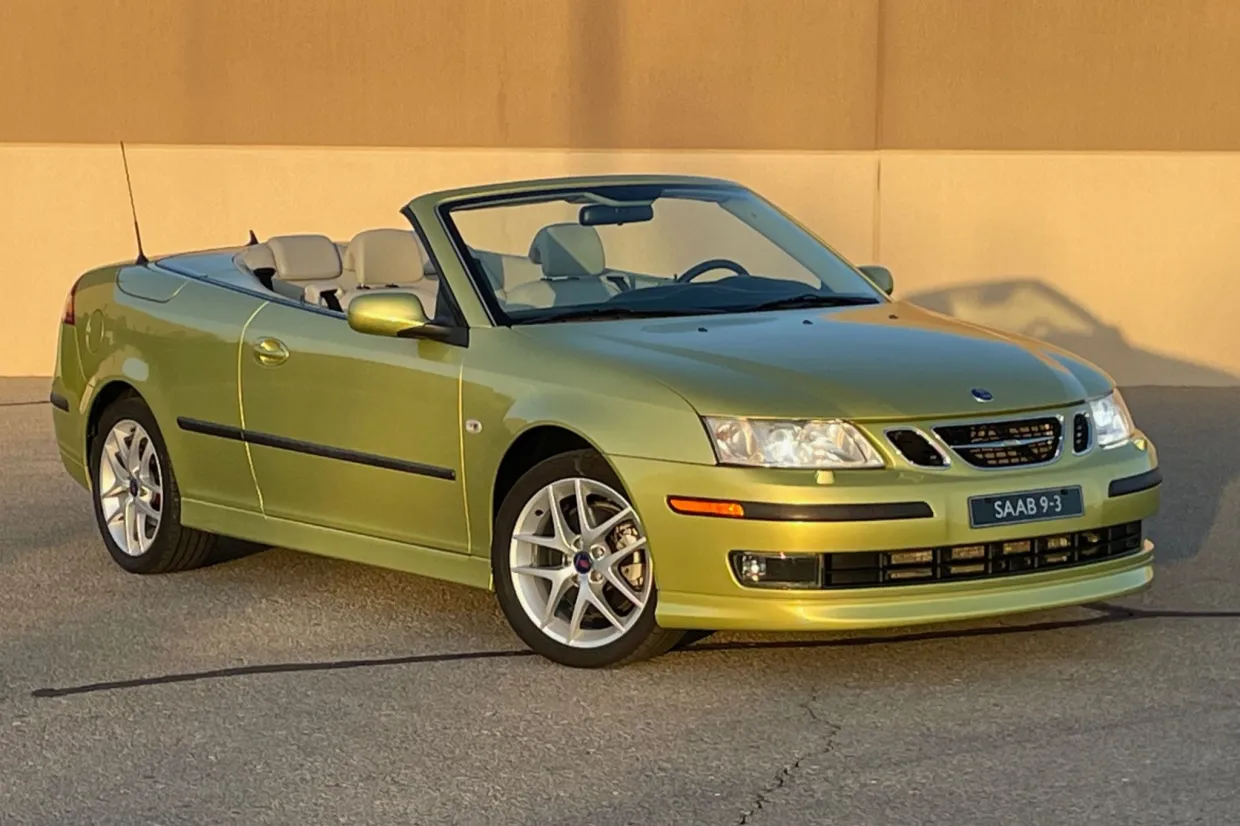
5. Saab 9-3 Convertible (1998–2011)
Saab lovers are a dedicated bunch, and the 9-3 Convertible has its fans—but it also has a reputation for being a bit of a leaky mess.
While stylish and comfortable, its roof design often suffers from poor sealing along the side windows and rear deck. Over time, even well-maintained tops begin to sag or pull away from their seals, allowing rain to intrude.
The complex automatic roof mechanism can also become unreliable, leaving the top partially closed or not locking correctly. This alone opens the door—literally—for leaks. Moisture issues in the Saab 9-3 can lead to damage in the car’s unique electrical systems and degrade interior trim quickly if not caught early.
Sadly, with Saab out of the game since 2011, parts are increasingly hard to find, and fixing roof issues can become a treasure hunt. Unless you’re a die-hard fan with a dry garage, the 9-3 Convertible is better admired from afar.
Also Read: 10 Best Hybrid Cars of 2025 That Balance Fuel Efficiency, Reliability, and Everyday Comfort
Owning a convertible can be one of the most joyful driving experiences—top down, sun out, wind in your hair. But when that carefree ride turns into a wet and moldy mess, it’s no fun at all.
Fortunately, there are several used convertibles out there that stand the test of time, weather, and mileage without springing leaks. On the flip side, some look great on the lot but will leave you scrambling for buckets at the first sign of drizzle.
Whether you’re after an agile roadster like the Miata or a luxury cruiser like the Lexus SC 430, picking a reliable used convertible means paying attention to the details, especially the roof. With this guide in hand, you can shop smart and stay dry while enjoying every mile with the top down.

